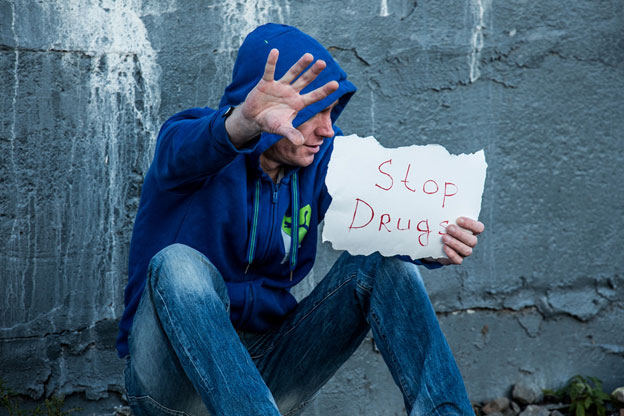
Rehab is a scary word for a lot of folks out there. But it doesn’t have to be. Understanding rehab–what it will be like, how much it will cost, how long you should expect to be there–can take away the fog and provide a ton of comforting clarity the experience. We all have preconceived notions of what rehab is and how it will make us feel. But you never know for sure until you try it. And you’ll certainly have a much harder time getting sober if you don’t.
What happens in drug rehab, and what kind of treatment is available?
Drug rehab is a place where individuals with substance abuse problems can go to recover from their addiction. In rehab, people go through a variety of different kinds of treatment, including group and individual therapy, 12-step programs, and alternative therapies like yoga or meditation. The goal of rehab is to help people learn how to live a sober life and stay sober. There are people who have successfully completed a rehab program, and certain relapse rates are less common than others. It is an ongoing battle.
To begin your drug rehab experience, it’s helpful to learn as much as you can about the center and the program before you get there. Many people do their best during their first rehab visit to decide if the program is right for them. This is called a pre-recovery visit. During this visit, you get to decide if your visit is a positive or negative experience, as well as ask the professionals many questions about the program. You’ll want to make sure you’re satisfied with the decision before you start your actual rehab stay.
Where do people go for drug rehab?
A key factor in whether a person will succeed in rehab and where that rehab takes place is the substance they’re addicted to. The crux of addiction is the dopamine “reward molecule,” and it’s heavily tied to pleasure — and what you experience when you’re addicted to a drug. Low levels of dopamine output are linked to more risk-taking behavior — and that’s exactly why hard drugs cause addiction in the first place. The brain has a pathway that stops at higher levels of dopamine output — and this threshold is what makes relapse possible. The more times a person overexpresses this pathway, the more susceptible they are to relapse. And it’s this pathway which is problematic in addiction — making it hard to consume less of a dangerous drug, even when doing so would benefit the individual.
What’s next?
Contact us at Serenity to get started on understanding your needs and what we can provide you. We are your partners and friends in addiction recovery and want to be there for you and your loved ones every step of the way. Don’t be afraid to take the first leap into your brightest future.
